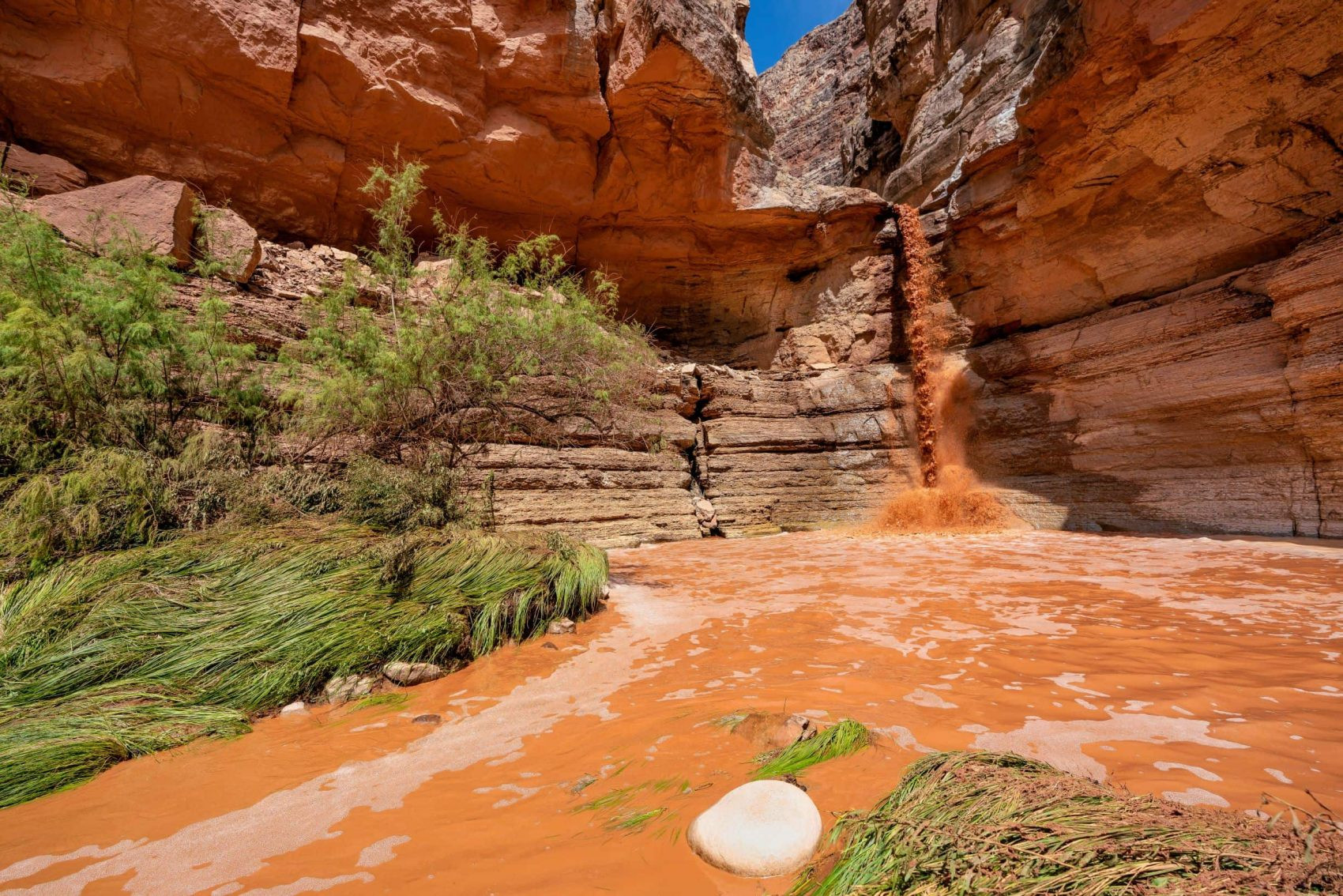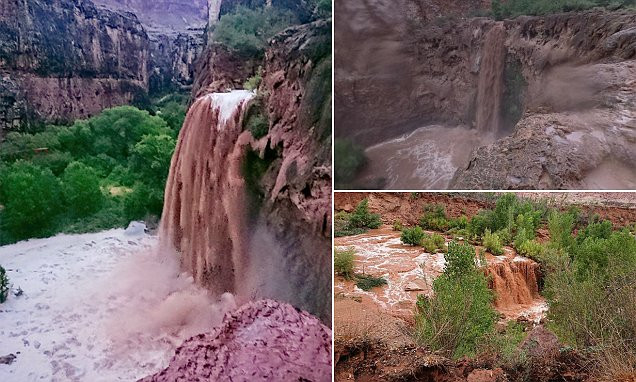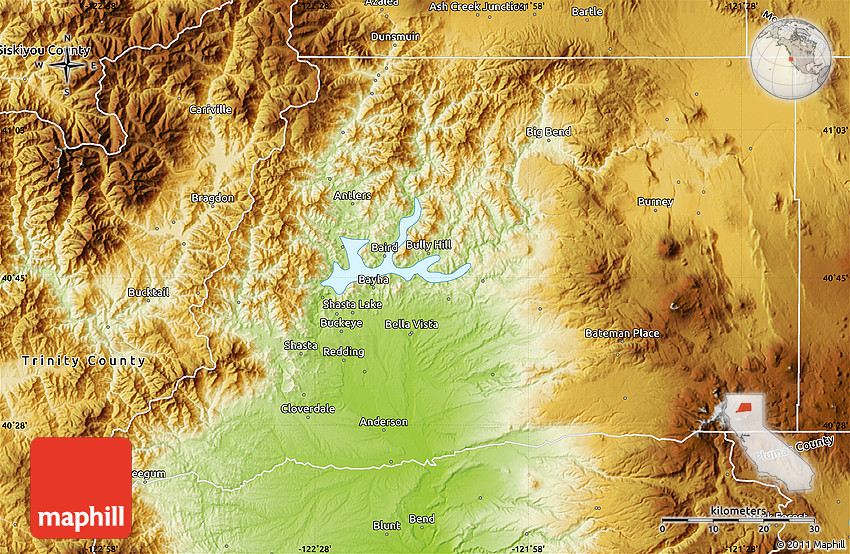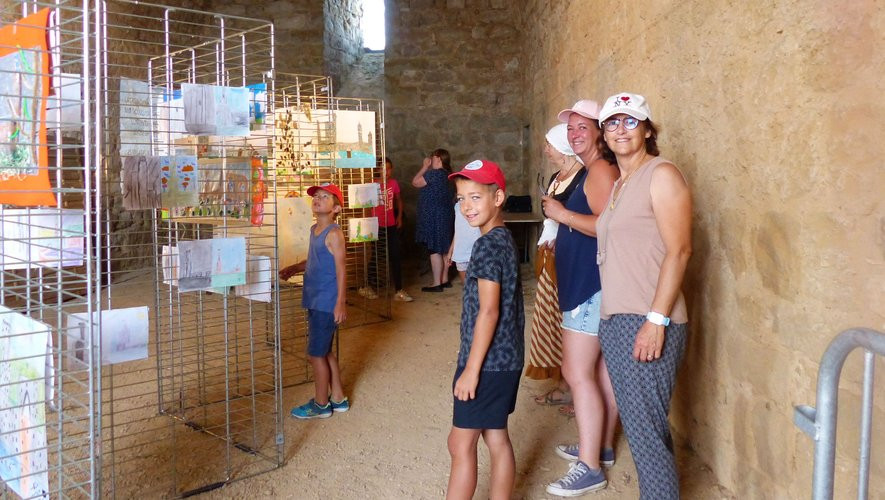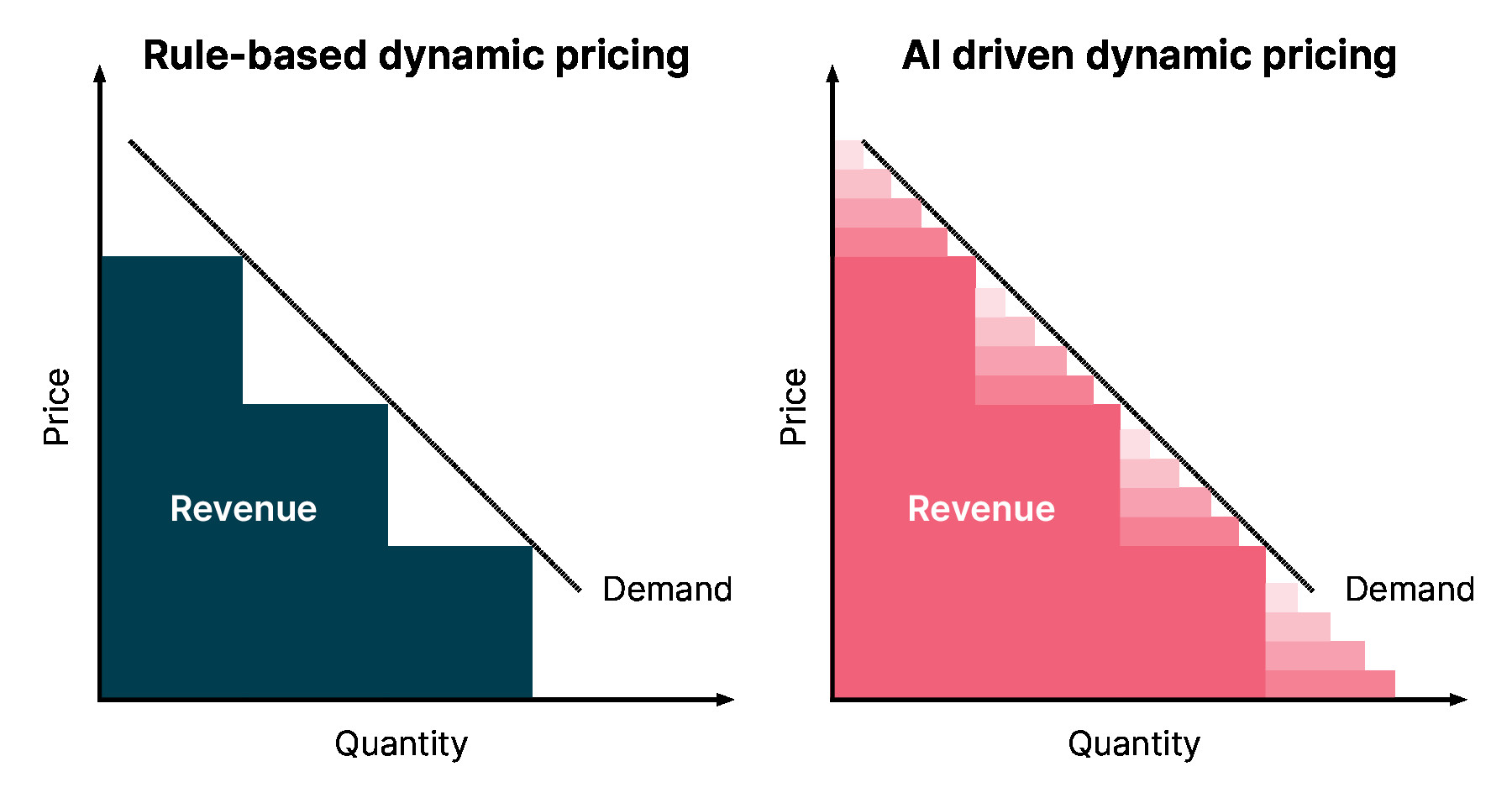The National Weather Service has been issuing a flurry of flash flood warnings across Arizona, with Coconino County, home to the iconic Grand Canyon National Park, bearing the brunt of the warnings. These warnings highlight the unpredictable nature of the monsoon season, which has brought more than its fair share of rain to the state this year.
The warnings are particularly concerning due to the potential for life-threatening flash floods, which can occur quickly and with little to no warning. The National Weather Service has issued warnings for various locations within Coconino County, including the Grand Canyon, Paria River drainage, and other areas, highlighting the widespread impact of the storm activity. The warnings emphasize the need for caution and preparedness during the monsoon season.
Grand Canyon National Park
Doppler radar detected thunderstorms over Grand Canyon National Park, bringing significant rainfall. Between 1 and 2 inches of rain have already fallen, leading to ongoing flash flooding or the imminent threat of it. The National Weather Service has issued a flash flood warning for the park, emphasizing the risk of life-threatening flooding of low-water crossings, creeks, normally dry washes, and roads.
Several specific locations within the park are at risk, including:
- Recreation areas and campgrounds: Narrows Camp Site, Below Bedrock Camp Site, Galloway Camp Site, Stone Creek Camp Site, Talking Heads Camp Site, and Racetrack Camp Site.
- The Colorado River between mile markers 129 and 134.
- Creeks, washes, and rivers: Stone Creek, Specter Chasm, Hundred and Twentyeight Mile Creek, 128-Mile Creek, 130-Mile Creek, Blacktail Canyon, Colorado River, Galloway Canyon, Tapeats Creek, 127.6-Mile Canyon, 133-Mile Creek, and Bedrock Canyon.
Paria River Drainage
The Paria River drainage has also been impacted by significant rainfall, with radar estimates indicating widespread rainfall between 0.75 and 2 inches. The National Weather Service anticipates an additional 0.5 inches of rainfall over the next 1 to 2 hours. The floodwaters are expected to move downstream toward the Colorado River at Lees Ferry this evening, causing river levels to continue to rise.
The warning highlights the risk of life-threatening flash flooding in and around the Paria River, including the following locations:
- Paria Canyon, Paria River Slot Canyon, Glen Canyon National Recreation Area, Grand Canyon National Park, Vermilion Cliffs National Monument, and Lees Ferry.
- Recreation areas and campgrounds: Lees Ferry Campground and Lees Ferry Camp Site.
- The Colorado River between mile markers 0 and 1.
- Slot canyons: Paria River upstream of Lees Ferry.
- Creeks, washes, and rivers: Paria River and Colorado River.
Beyond the Grand Canyon and Paria River
Flash flood warnings extend beyond the Grand Canyon and Paria River, impacting other areas of Coconino County and the surrounding region. The National Weather Service issued warnings for locations such as Nankoweap drainage, House Rock Road, and the Paria River drainage in Utah.
In the Nankoweap drainage, heavy rain has led to ongoing flash flooding or the imminent threat of it. The National Weather Service has issued a flash flood warning for areas like Point Imperial Picnic Area, Grand Canyon National Park, Vista Encantada, and Saddle Mountain Wilderness.
A Reminder of Monsoon Season's Unpredictability
These widespread flash flood warnings serve as a stark reminder of the unpredictable nature of monsoon season in Arizona. While these storms bring much-needed rain to the dry landscape, they also pose significant dangers. The National Weather Service emphasizes that flash floods can occur quickly and with little to no warning, making it crucial to stay informed about weather forecasts and heed warnings issued by local authorities.
Tips for Staying Safe During Flash Floods
Coconino County officials have urged residents to take precautions to prepare for approaching storms and potential flooding threats. They recommend the following tips:
- Protect your property from floodwaters and purchase flood insurance.
- Plan for sheltering where you are and for evacuation.
- Evacuate if advised.
- Seek high ground (for flash floods) or stay on high ground.
- Avoid walking or driving in floodwaters.
- Know how to avoid injury from debris, contaminated water, carbon monoxide poisoning, electrocution, and damaged buildings and infrastructure.
- Seek professional review or inspection of structures and utilities before entering buildings that are flooded.
As monsoon season continues, it is essential to stay informed about weather forecasts and heed warnings issued by local authorities. The unpredictable nature of these storms underscores the importance of being prepared for potential flash floods.
What's Next?
The National Weather Service will continue to monitor weather conditions and issue updates as needed. For the latest watches and warnings, it's vital to check official sources, such as the National Weather Service website or local news outlets. Staying informed can help you and your loved ones stay safe during the monsoon season.




